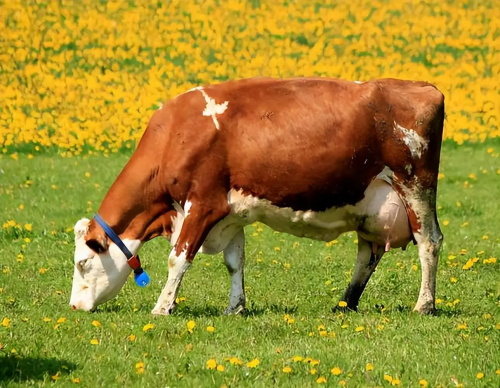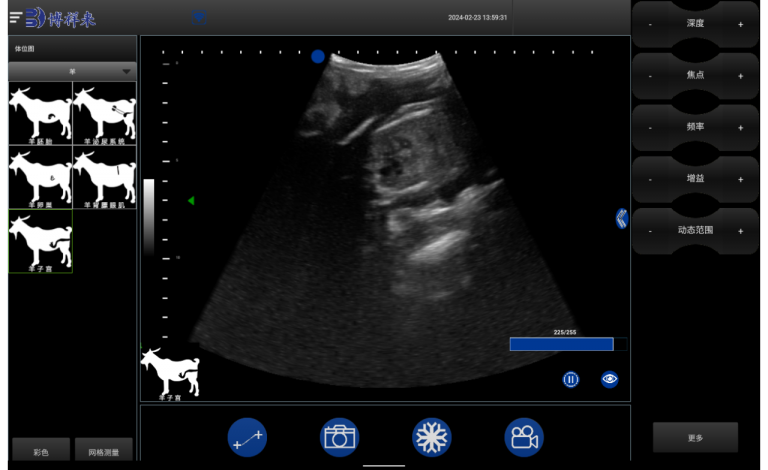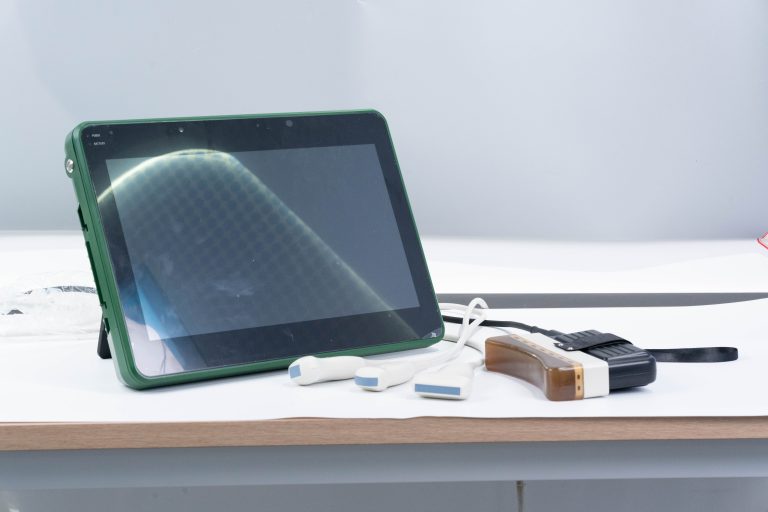Using Ultrasonography to Diagnose and Prevent Mastitis in Sows
Ultrasound: A Reliable Tool for Sow Mammary Health Management
For modern pig farmers, maintaining the health and productivity of lactating sows is essential. Among the most significant health threats during the peripartum and lactation periods is mastitis—an inflammation of the mammary glands that can cause reduced milk production, poor milk quality, and in severe cases, complete agalactia (no milk production). This condition not only endangers the health of sows but also threatens the survival of piglets due to starvation and diarrhea.
In this article, I’ll explain how ultrasonography—particularly B-mode imaging—offers a non-invasive, reliable, and early diagnostic tool for detecting mastitis in sows. I’ll also highlight practical insights into how farms worldwide, including in Europe and North America, apply ultrasound to reduce losses from sow mastitis.
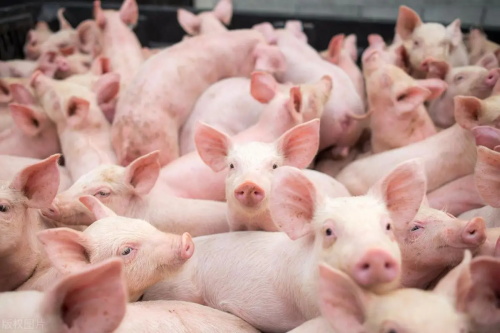
Understanding Sow Mastitis: Causes and Consequences
Mastitis in sows commonly develops just before or shortly after parturition. It is the primary component of Postpartum Dysgalactia Syndrome (PPDS), a broader condition affecting milk production in newly farrowed sows.
There are three major contributing factors to mastitis:
-
Poor Pen and Flooring Design
Rough or uneven flooring—such as worn-out slats or corroded rebar used in farrowing crates—can physically damage teats. When the mammary gland rubs against these surfaces, abrasions allow bacteria to enter and cause infections. This is particularly problematic in farrowing pens where hygiene is poor and bacteria such as E. coli and staphylococci thrive. -
Improper Feeding and Management Around Farrowing
Overfeeding before or right after farrowing can cause excessive, thick milk production. If piglets cannot consume the milk fast enough, it can stagnate in the mammary gland, leading to duct blockage or bacterial overgrowth. Furthermore, piglets with untrimmed or uneven teeth may injure teats during nursing, creating entry points for infection. -
Viral and Bacterial Infections
Certain systemic infections can indirectly cause mastitis. For example:
-
Porcine reproductive and respiratory syndrome (PRRS) virus can lead to agalactia.
-
Transmissible gastroenteritis (TGE) and porcine epidemic diarrhea (PED) virus reduce milk secretion.
-
Mycoplasma spp., Nocardia, and Eperythrozoon suis (now known as Mycoplasma suis) can contribute to mammary swelling or failure to lactate.

Why Ultrasonography? Benefits for Early Detection and Prevention
B-mode ultrasound machines, like the BXL-V10 from Boxianglai, allow veterinarians and farm managers to detect inflammation in mammary tissues early—even before physical symptoms appear. The benefits of this technology include:
-
Non-invasive and painless screening
Ultrasound enables real-time imaging of mammary glands without the need for invasive tools or sedation. This means animals are not stressed, and scans can be repeated often. -
Early identification of inflammation
An inflamed gland appears as a hypoechoic (darkened) or heterogeneous area on ultrasound, compared to healthy tissue that is uniformly echogenic. Swelling, fluid retention, and blocked ducts are easy to spot. -
Monitor response to treatment
Ultrasound is also valuable in tracking how well a sow is responding to therapy. This helps in making timely decisions on whether to continue antibiotics or consider alternative interventions.
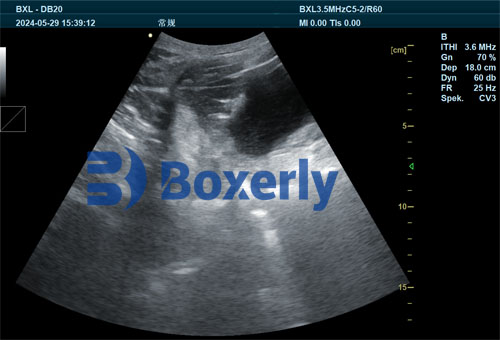
Practical Prevention Strategies Supported by Ultrasound
While ultrasonography plays a key role in early detection, effective mastitis management must combine imaging with solid farm practices. Based on international experience and data from swine-intensive countries like Denmark, the U.S., and China, here are essential measures:
-
Farrowing Crate Sanitation and Design
-
Clean and disinfect the farrowing area before each new sow arrives. Use disinfectants like potassium peroxymonosulfate or iodine-based solutions.
-
If possible, flame sterilize and allow the crate to sit empty and dry for at least seven days before reuse.
-
Avoid abrasive materials like corroded steel bars that may injure teats.
-
Optimized Nutrition and Feeding Practices
-
Ensure feed is mold-free and balanced to avoid mycotoxin contamination.
-
Before farrowing, reduce feed quantity to prevent milk overproduction. Do not feed on the day of farrowing and gradually reintroduce feed post-delivery.
-
Maintain proper fiber levels to prevent constipation, as gastrointestinal bacteria from feces can enter mammary tissue through circulation.
-
Environmental Comfort
-
Heat stress increases susceptibility to mastitis. Keep the farrowing room well-ventilated and maintain temperatures under 28°C (82°F).
-
Use cooling systems such as fans or evaporative pads in hot climates.
-
Keep bedding dry and clean to prevent bacterial multiplication.
-
Medical Prophylaxis During Peripartum
-
Adding macrolide antibiotics (e.g., tylosin or spiramycin) to the feed during the peripartum period has been shown to significantly reduce the risk of mastitis.
-
Alternative antimicrobials such as enrofloxacin or sulfadimethoxine-sulfadiazine combinations are also effective based on early research and practical trials.
-
Piglet Management
-
Trim piglet teeth evenly within 24 hours after birth to reduce the risk of teat injury.
-
Monitor nursing behavior to ensure even suckling from all glands, reducing milk retention.
Global Insights: How the World Uses Ultrasound in Sow Care
Veterinary professionals in many countries now consider ultrasonography a routine component of sow herd health programs. In the Netherlands and Germany, farms with high litter weaning rates often use weekly ultrasound checks on farrowing sows to monitor mammary condition. In the U.S., large commercial operations are integrating ultrasound into automated health monitoring systems, combining it with data analytics to predict and preempt mastitis outbreaks.
Furthermore, ongoing research into AI-assisted ultrasound analysis is expected to make detection even more accurate and user-friendly, enabling technicians with minimal training to assess mammary gland health efficiently.
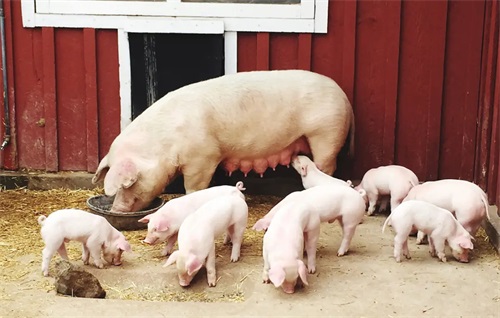
Conclusion: Proactive Sow Health with Ultrasound
Mastitis is a serious but preventable disease that jeopardizes both sow welfare and piglet survival. By incorporating regular ultrasound checks into herd management protocols, farmers can detect inflammation early, apply targeted treatments, and avoid costly complications.
More importantly, ultrasound enables a proactive rather than reactive approach. Combined with good facility hygiene, optimal nutrition, and sound peripartum practices, this technology ensures healthier sows, better piglet outcomes, and higher overall productivity.
On our farm, the BXL-V10Ⅲ ultrasound unit has become a standard diagnostic tool, helping us prevent losses and improve reproductive performance. For producers worldwide aiming for higher efficiency and welfare, ultrasonography is a smart investment—and an increasingly essential part of modern swine health management.

